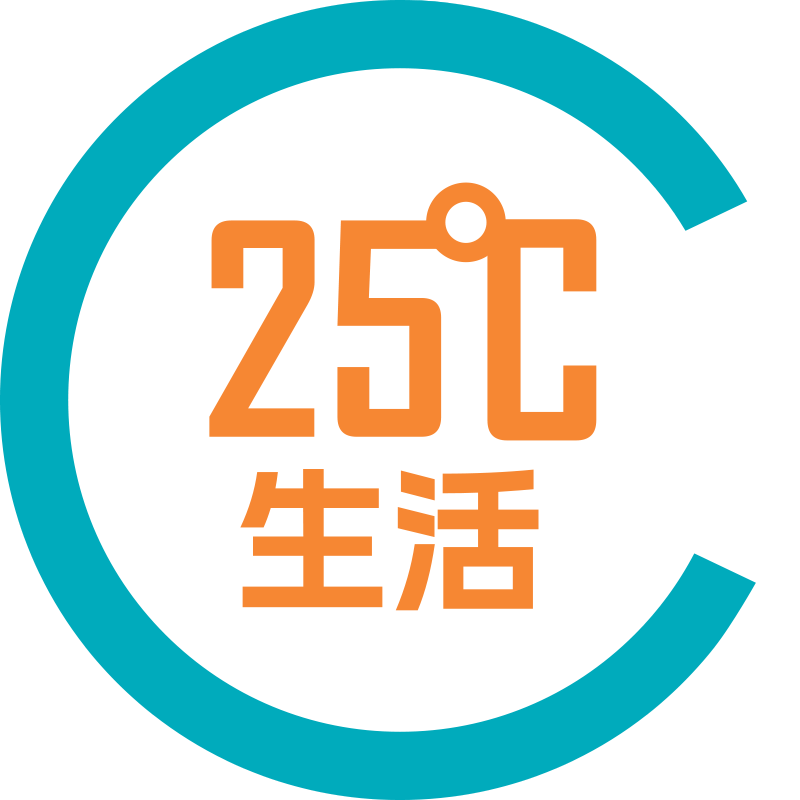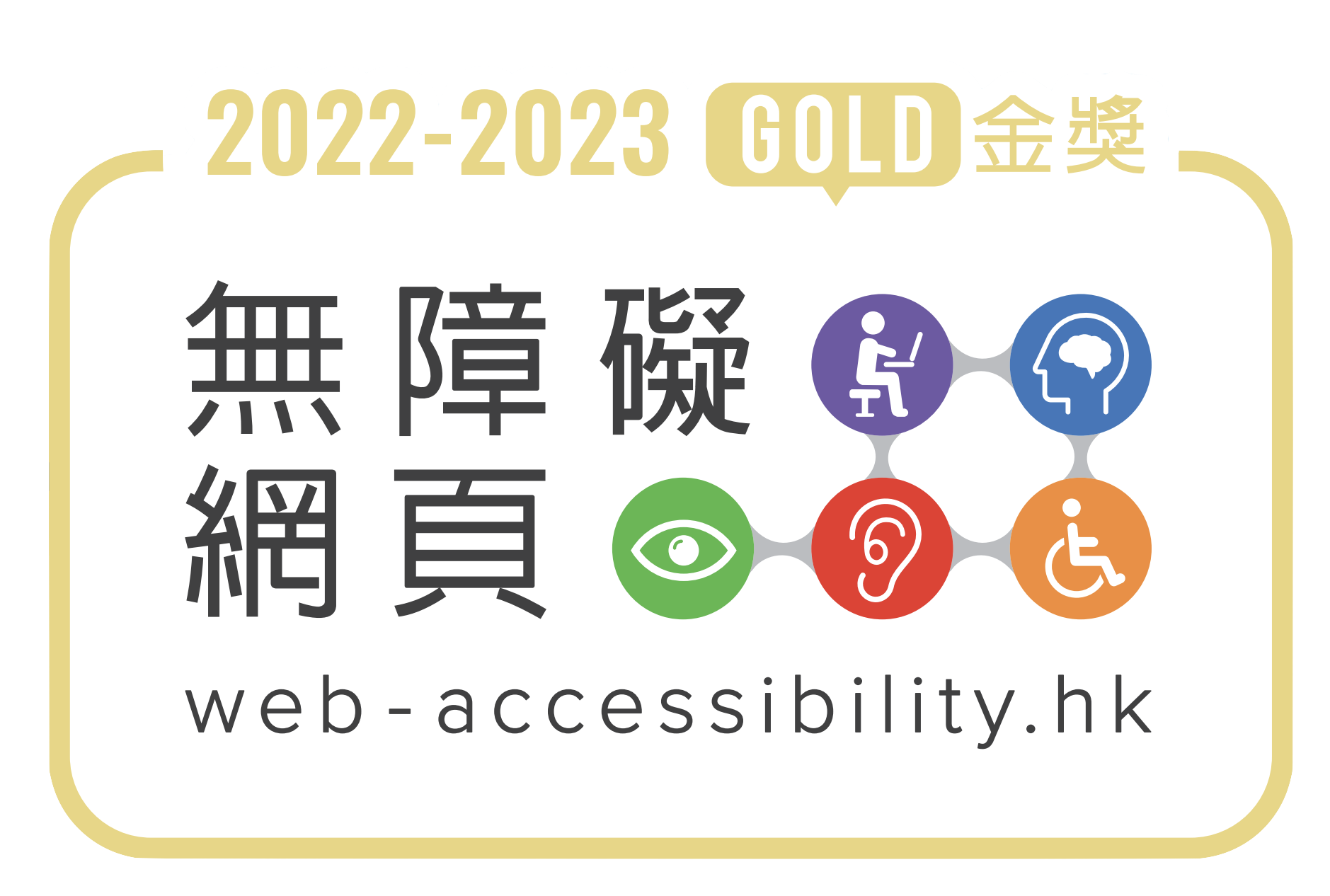BASEL, Switzerland, May 15, 2024 /PRNewswire/ -- New research, presented today at the 10th European Stroke Organisation Conference (ESOC) 2024, has revealed that high-income individuals have a 32% lower risk of post-stroke mortality. Additionally, those with a higher education have a 26% lower risk of death post-stroke, highlighting striking disparities in stroke survival based on key social determinants of health (SDoH).
The study analysed data from 6,901 stroke patients in Gothenburg, Sweden between November 2014 to December 2019 to examine the impact of SDoH factors on post-stroke mortality risk. The study focused on four factors: living area, country of birth, education and income.
As well as identifying a significant connection between income, education level and post-stroke mortality risk, the study uncovered a concerning trend regarding the cumulative impact of SDoH factors. Patients with one unfavourable factor faced an 18% higher risk of mortality compared to patients without any unfavourable factors. This risk escalated to 24% for patients with two to four unfavourable factors.
Lead author Professor Katharina Stibrant Sunnerhagen, University of Gothenburg, Clinical Neuroscience, Gothenburg, Sweden, comments, "Our findings underscore a stark reality - an individual's socioeconomic status can be a matter of life or death in the context of stroke, especially when they are confronted with multiple unfavourable SDoH factors."
The study also found a link between increased mortality risk and additional risk factors like physical inactivity, diabetes, alcohol abuse and atrial fibrillation.
Notably, insights emerged regarding gender disparities and the potential impact of risk factors when examining patient characteristics within the study cohort. The proportion of female patients increased with the number of unfavourable SDoH factors; 41% of the group with no unfavourable factors were female compared to 59% of the group with two to four unfavourable factors. Additionally, smoking, whether current or within the past year, was more prevalent in the group with two to four unfavourable factors compared to those with none (19% versus 12%).
Commenting on the actions required to reduce the stroke burden, Professor Stibrant Sunnerhagen explains, "In light of our study's findings, targeted interventions are essential. Policymakers must tailor legislation and approaches to account for the specific circumstances of diverse communities, while clinicians should consider identifying patients with unfavourable SDoH factors to prevent post-stroke mortality."
"By addressing these disparities, we have the potential to significantly enhance public health outcomes."
source: ESOC 2024
【慎防受騙】偽冒《經濟通》投資群組頻現,切勿誤信騙徒,如有疑問,請循官方渠道查詢► 了解詳情































